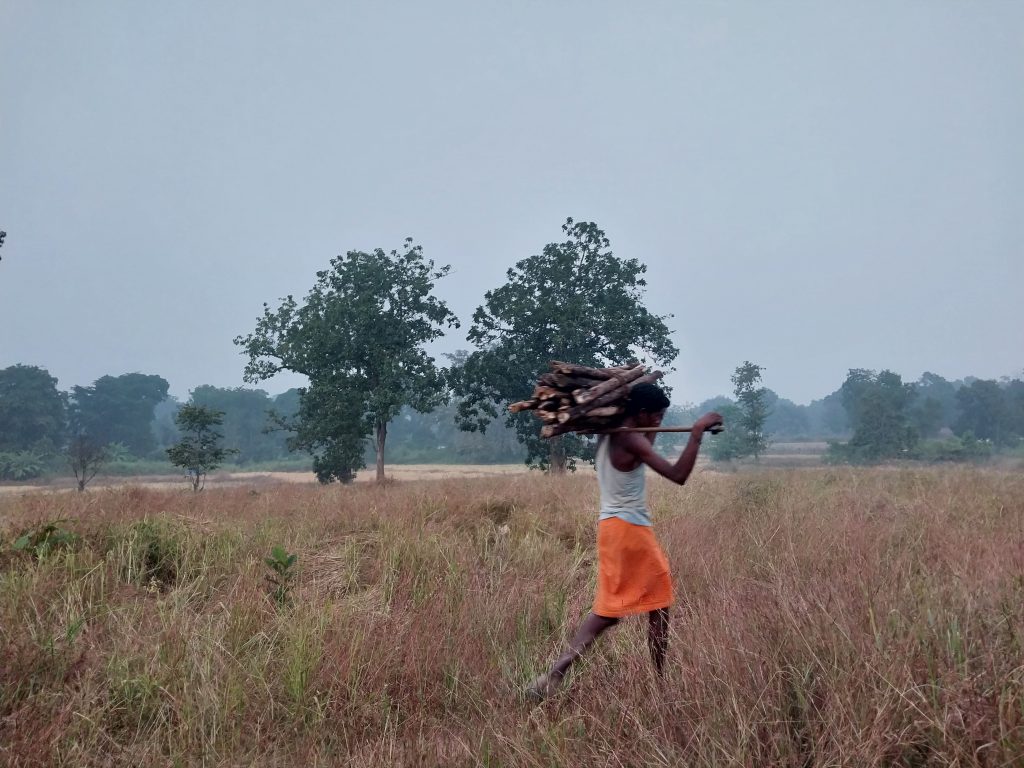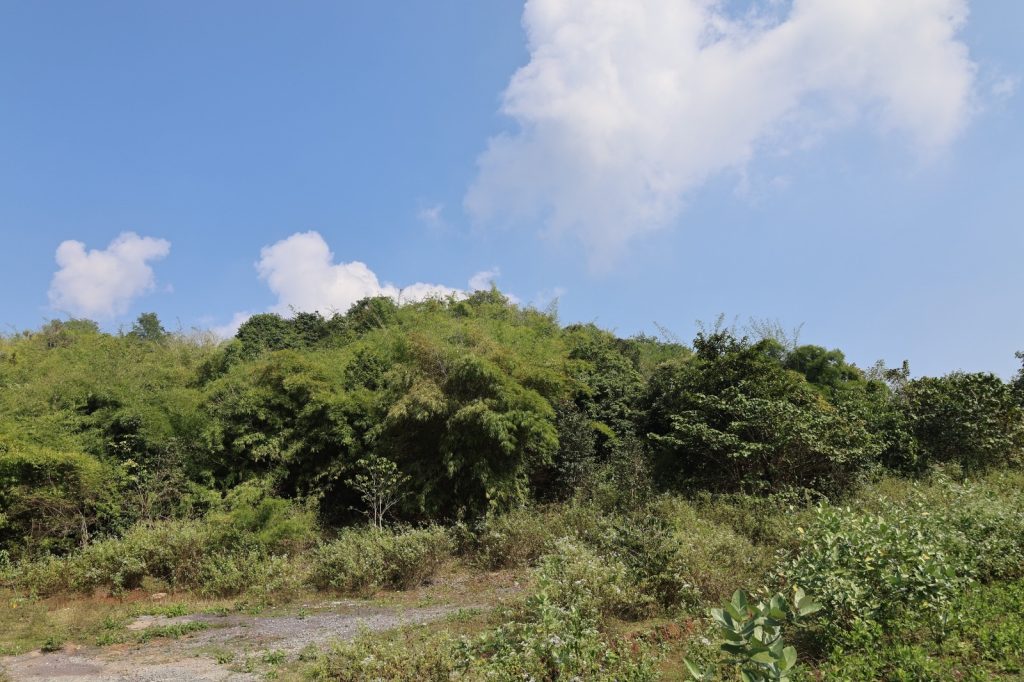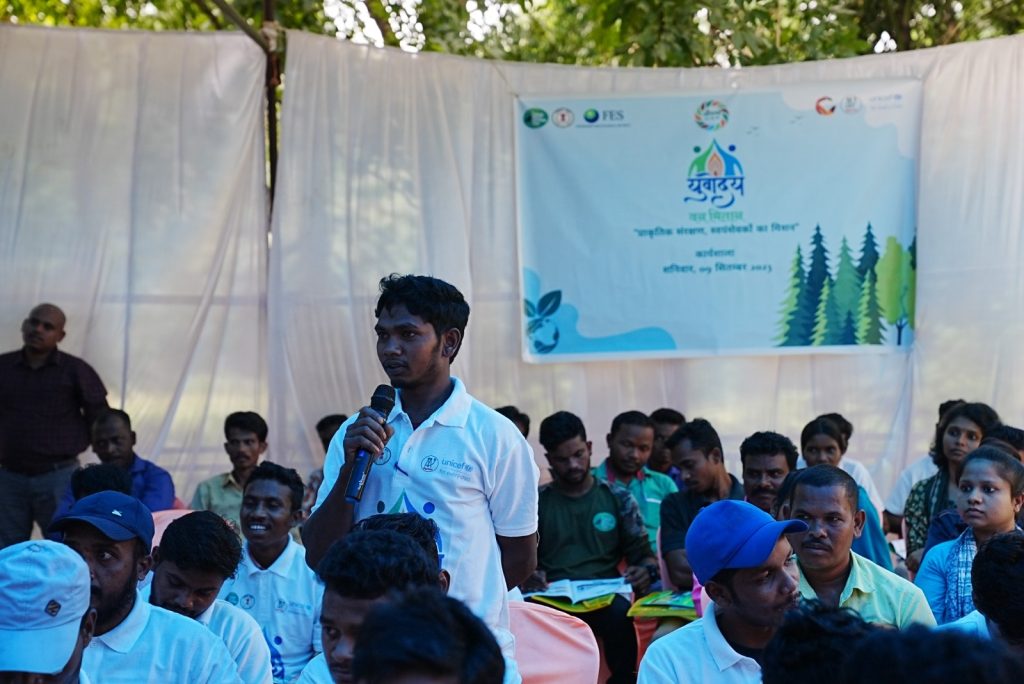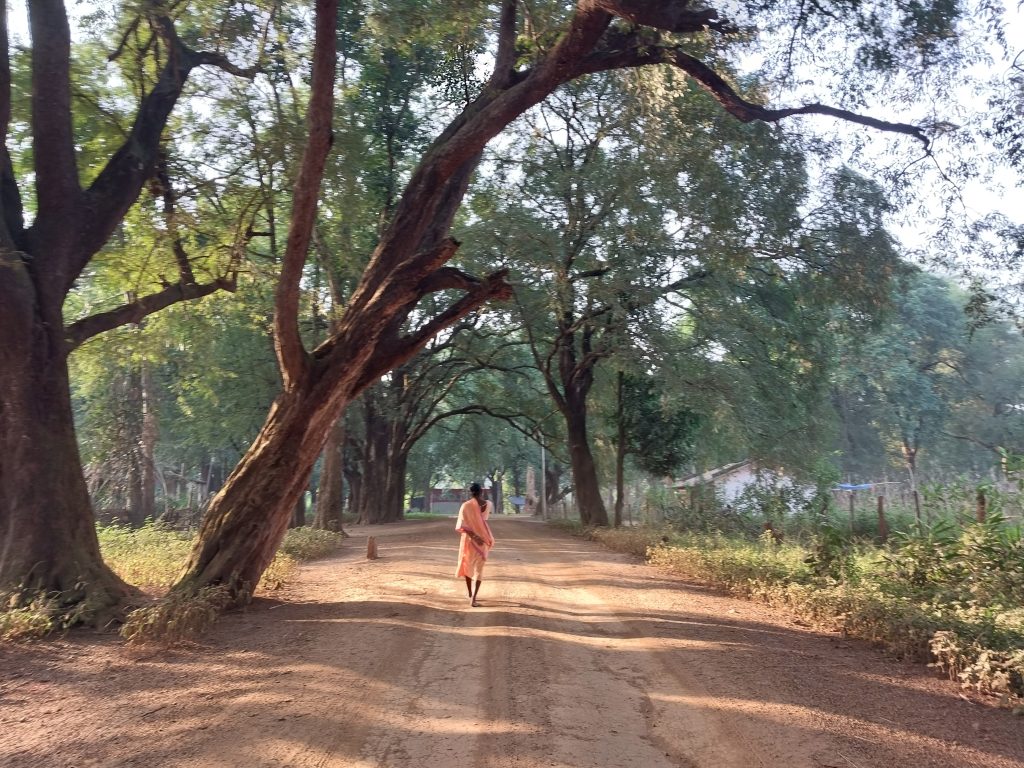The main objectives are to protect soil quality and water sources in and around the national park and create sustainable livelihoods for communities. A report by Deepanwita Gita Niyogi

The Kanger Valley National Park situated in Bastar district of Chhattisgarh is famous for its biodiversity and mysterious caves. In this beautiful landscape dotted with numerous tribal villages, an ambitious plan, aimed at a holistic landscape restoration, has been planned.
“Generally, there is a lot of farming pressure in and around the national parks of India due to human settlements. So, the landscape level restoration project in Kanger Valley will focus on the catchment area of the Kanger river, which flows through the park, and is a point of tourist attraction,” said former park director Dhammshil Ganveer. The landscape project was conceptualised during his stint there.

One of the main objectives of the project is to protect the water sources in and around the national park. There are many rivulets which join the Kanger river. If chemicals are used by local farmers, water sources as well as the soil of the region will be severely impacted. However, farmers here mostly carry out natural farming.
It is because of this reason that the project will include not only the national park, but also about 20 villages lying in the vicinity of the park. Several non-profits, roped in for the restoration work, are already working though the general elections have slowed down the progress. The main focus areas are community forest resource rights, watershed management and sustainable agriculture.
Pressure on a fragile ecosystem
The pressure on natural resources is also increasing in Kanger Valley as there are villages inside the national park as well. Local communities depend on the collection of non-timber forest products (NTFPs) which ensure their survival and livelihood. To conserve natural resources, the plan is to gradually treat the entire landscape by covering a 2000 sq km area. As it involves a huge effort, several organisations are working in the area on various issues at present. The national park itself covers 200 sq km area.

The organisations working in the area have a common understanding about what all activities to carry out. Even the horticulture department of Chhattisgarh is thinking from the environmental point of view as part of the restoration activity.
Suresh Thakur, deputy director, horticulture department, said nutrition gardens are being set up on a model basis either on an acre of land or even less so that tribal households are able to grow whatever they like throughout the year.
“Last year, some 5,000 poshanbadisor nutrition gardens were set up on very small plots of land. These are in the villages in and around Kanger Valley. Tribal communities here have small land areas and mostly lack irrigation facilities. But the setting up of bigger nutrition gardens has also started.”
Working together for Kanger Valley
Manas Banerjee is from the Chhattisgarh Agricon Samiti, a non-profit, founded in 2007. According to him, the partnership is on with the forest department and other organisations. “Areas where work will be carried out have been finalised. This year, the focus will be on various stakeholders involved in the landscape,” Banerjee informed.

The Kanger Valley area has a mixed landscape. While there are agricultural lands here, in some areas there is a mixture of forest land as well as farm land and some areas are protected ones having reserved forests.
“The perception of the local people in all these areas will be different. The organisation is looking at a woman-based approach. Livelihood creation can be linked to women’s empowerment.” For Banerjee, the main focus is on the usage of natural resources without disturbing them, as a continuous process. The development professional, who is also working in Kabirdham district of Chhattisgarh close to the Kanha National Park, cited how the cultivation of three crops a year is exhausting the groundwater level. Watershed management is a vital aspect in Kanger Valley.
The Foundation for Ecological Security (FES) has also been roped in to work on the restoration project. Senior programme manager, Manjeet Kaur Bal said as there are fringe villages around national parks, the pressure gets transferred to core zones from these areas.
“The policy has been rehabilitation away from protected areas. But tribals have maintained forests and FES sees it as that way only. The organisation will restore the fringes so that the core area remains protected. This will ensure people’s dependence on forests is always maintained.”
With this objective, FES has started working in villages on a priority basis where youths are advised to carry out talks on conservation during gram sabha meetings.
Non-profit Pradan has been working in the area for almost a decade and the main focus has been on community mobilisation. The organisation also works on the Forest Rights Act. One of the aims is restoration of forests in the backdrop of climate change, said Manoj Kumar.
According to Bal, tourism also creates pressure on fragile ecosystems. As tribals care for forests and depend on them for their livelihood, they want to ensure that it is always there.
It is Bastar’s forested landscape which is attracting visitors. The district, with its majestic waterfalls and mesmerising tribal culture, has opened up to tourists in a big way. This has accelerated post the Bastar tourism meet organised in 2021 which showcased the positive side of this place.












